Do They Call It a Surgical Strike?
Pigs have long been used as stand-ins for humans when it comes to studying the effects of bombs and bullets. They’re very like humans – especially…
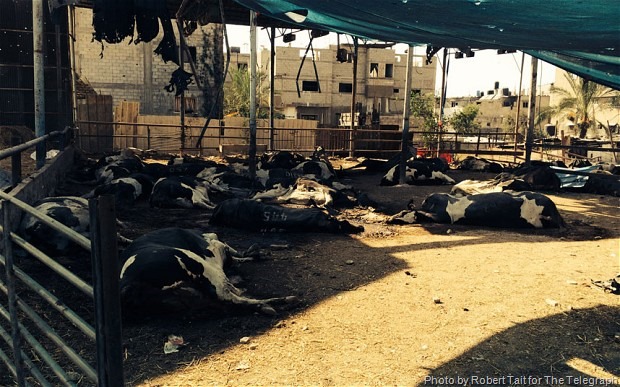 In Israel-Gaza War, Animals Pay Price
In Israel-Gaza War, Animals Pay Price
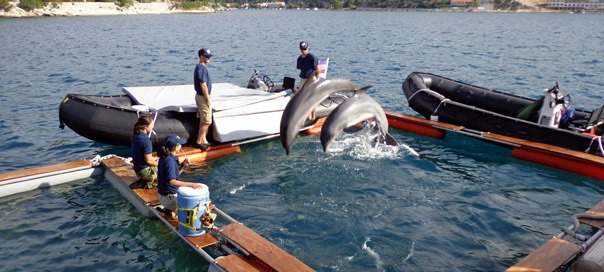 Navy Dolphins Scout for Mines in Croatia
Navy Dolphins Scout for Mines in Croatia
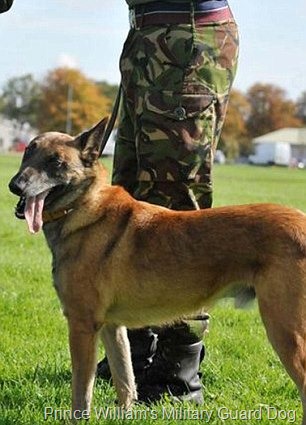 Prince William’s Guard Dogs
Prince William’s Guard Dogs
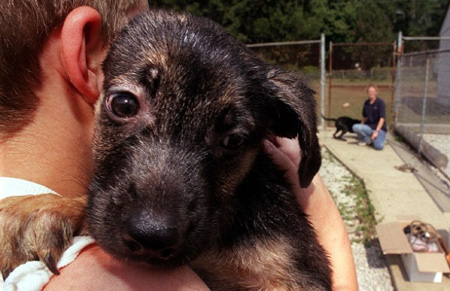 The E-mails
The E-mails
Pigs have long been used as stand-ins for humans when it comes to studying the effects of bombs and bullets. They’re very like humans – especially…
Sounds like something out of a bad James Bond movie. The Ukrainian navy is training captive dolphins to attack enemy swimmers. According to RIA Novosti: The…
Last week, PBS presented Death and the Civil War – a Ken Burns movie about how the Civil War changed the way we relate to death and how we treat dead people. The war drove Americans to find new ways to bury people, to transport dead people, to record and account for them. But one figure, one report, one reference is entirely missing. That would be the number of horses who died.
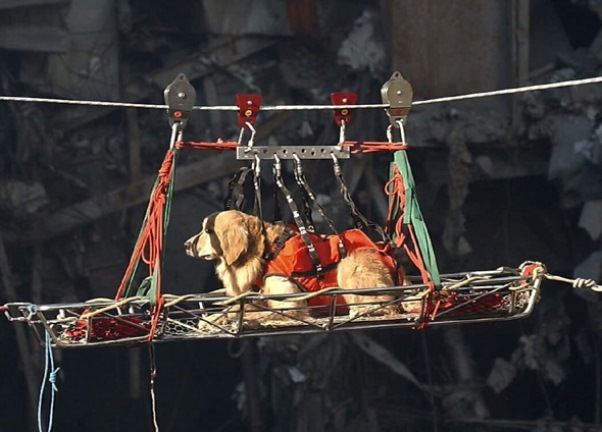
They were among the great heroes of 9/11 – the dogs and their people who searched the wreckage, risking their own lives to save the lives of others. Many of them, human and canine became sick in the months and years that followed, from breathing in toxic dust and fumes that poisoned the air at Ground Zero. Today, most of the dogs have passed on. But they will not be forgotten.
A new strain of bird flu has adapted to harbor seals. The H3N8 strain was discovered after 162 seals were found dead on the beaches of…

A former navy medical officer has launched a petition to stop the U.S. Navy from using goats for medical students to practice their surgical skills. Dr.…
In Homer’s Odyssey, Argos the dog waits for 20 years for Odysseus, to come home from the Trojan War. Unable even to stand up any longer, he refuses to take his last breath until he’s been reunited. Here’s a more joyful compendium of Welcome Home videos.
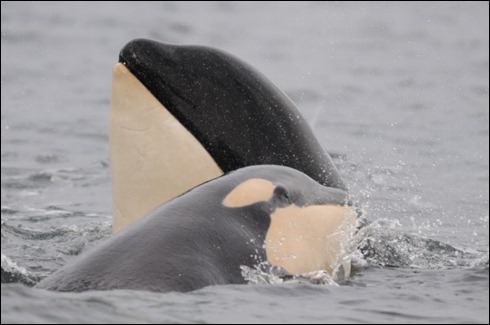
I may have met Little Victoria last summer. I don’t know that for sure, but I certainly met her family. She was a young orca, and her battered body washed up on the beach two months ago. The evidence is that she was killed by a sonar bomb set off by the Canadian Navy.
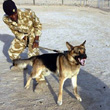
There’s outrage in the U.K. over the number of military working dogs who are routinely destroyed, rather than retired, when they return from active duty in Iraq and Afghanistan.

The ever-bizarre government agency DARPA, or Defense Advanced Research Projects Agency, has launched another would-be-funny-if-it-weren’t-sad research project. This one involves turning snails into hybrid robots for use in war.
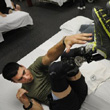
The no-kill philosophy extends way beyond homeless pets. It’s a way of living that takes killing off the table – in every area once and for all. You can’t be no-kill and go hunting. You can’t be no-kill and be pro-abortion, pro-capital punishment or pro-vivisection. And you certainly can’t be no-kill and support going to war.
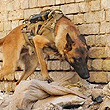
It’s the Rugged Automated Training System – RATS, the latest Pentagon venture to turn furry animals into bomb detectors.

Army investigators say they now believe that the men seen in a video cheering as they watch a sheep being beaten to death with a baseball in Afghanistan are airmen, and they have handed the case over to Air Force authorities.
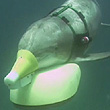
After seeing our report on the U.S. Navy once again deploying its dolphin conscripts to the Persian Gulf, a reader wrote in to remind us about a 60 Minutes story from back in 1973, when Morley Safer interviewed various dolphin trainers and military personnel.

Animal rights philosopher Peter Singer weighs in on the question of whether the U.S. military has any right to use dolphins as minesweepers in the Persian Gulf.

Military commanders in Afghanistan are now condemning the beating of a sheep to death by a U.S. Army soldier in front of a group of other laughing soldiers and children.

In 2010, the Seattle Times reported that the Navy has 80 bottlenose dolphins in the San Diego Bay alone. They are taught to hunt for mines and drop acoustic transponders nearby.
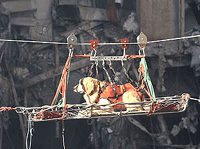
The dog in this iconic photo from the relief effort at Ground Zero was Riley, a golden retriever who came to the wreckage with his person, Chris Selfridge from Pennsylvania. We spoke with him about working with Riley in the wreckage of the World Trade Center:
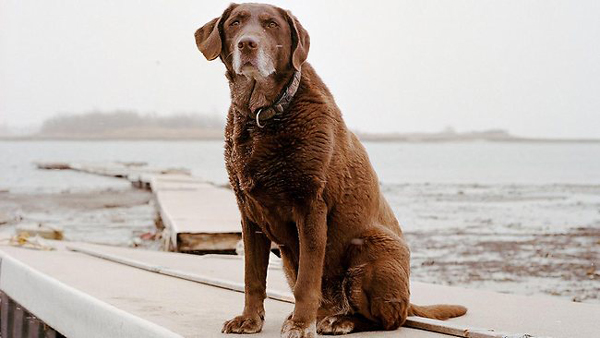
In the hours and days following the attack on the Twin Towers, almost 100 trained dogs from 18 states, were deployed in the search-and-rescue efforts at Ground Zero. Photographer Charlotte Dumas went in search of the dogs who are still with us.

Within minutes of the first strike, the Internet was buzzing with e-mail reports, requests for help, and responses. It was still the early days of e-mail. There was no Facebook, no Twitter. Some of the old online services like AOL were still central gathering places for people. But e-mail was coming into its heyday.